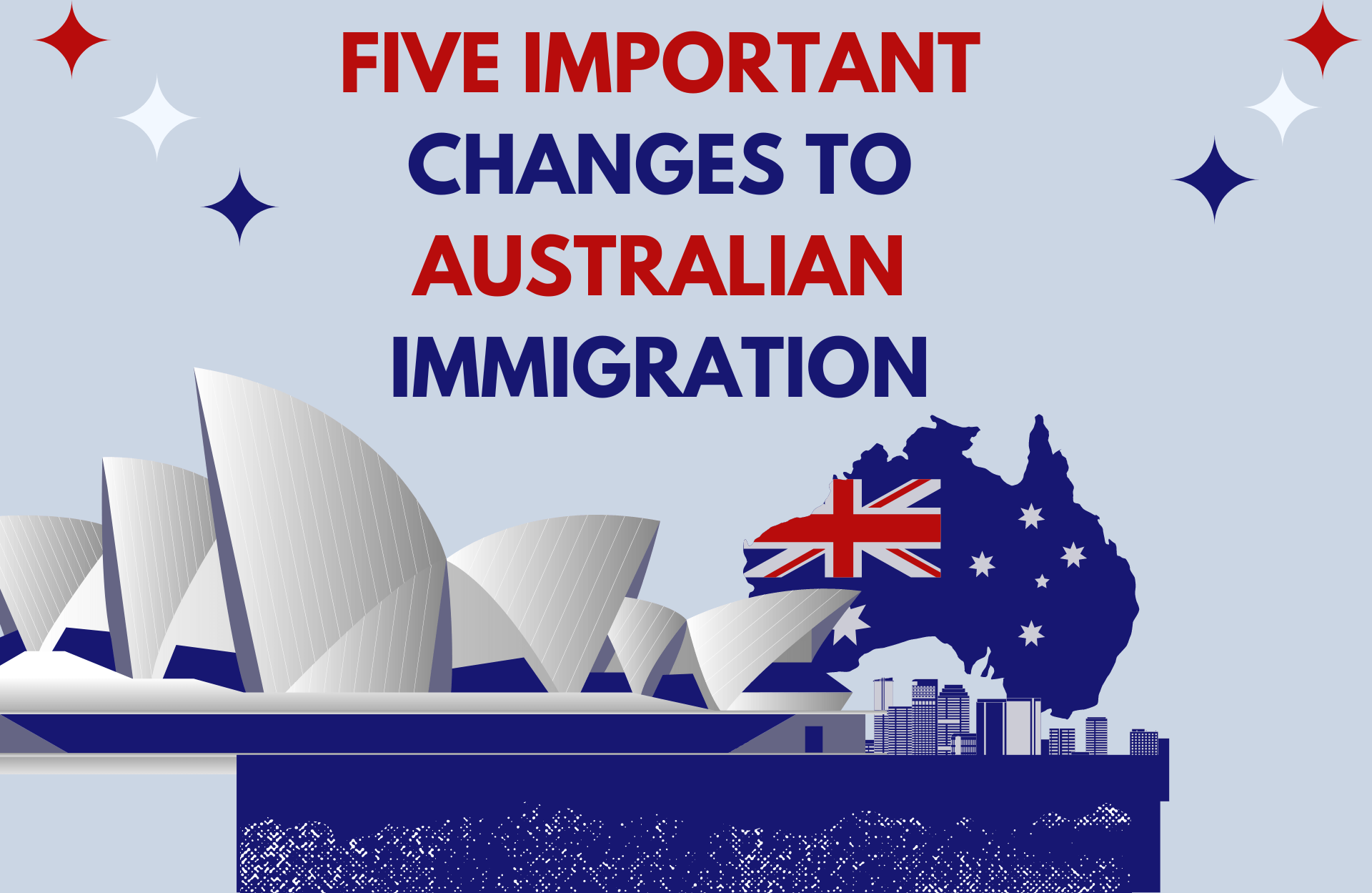Five important changes to Australian Immigration: The Albanese government has released a review of Australia’s migration system, which suggests big changes for the 1.8 million temporary migrants with work rights.
We’ve looked at how the planned changes would affect five different groups of people coming to Australia.
- Skilled migrants: The review says that there should be three levels of rules for migrants, and the government has agreed.
- A “light-touch” method for high-paid skilled migrants
- A group of migrants in the middle who earn more than the income threshold for temporary skilled migration
- A group of people who make less money and work in areas where there is a lack of skills, like the caring economy.
The government has come to the conclusion that the points test needs to be re-calibrated in order to select migrants with high levels of human capital who will make the greatest contribution to the economy over the long term.
The study suggests getting rid of the need for work-market tests. The government will raise the pay floor for skilled workers, known as the temporary skilled migration income level, to $70,000 and talk to business and unions about the pay floor for the top tier.
The government is also thinking about changing the Business Innovation and Investment Program and the Global Talent Visa, but the study does not suggest getting rid of them.
- Workers who were exploited: The people who did the review said they were “very worried about how the current system makes it more likely that temporary migrant workers will be exploited.”Employer sponsorship, in particular, has “created the opportunity for exploitation” because it makes it harder for employees to report noncompliance.The review suggests that temporary migrant workers should be able to leave their current job and have up to six months to find work with another company in the same industry or doing the same kind of work.Employers of people with temporary visas would have to sign up, and those with a “history of serious workplace violations” would be kicked off the list and unable to hire visa-holders.
- People who work on vacation: The review suggests that the original goal of the working holidaymaker program as a “cultural exchange” be brought back by not tying “migration outcomes to the performance of work” anymore.At the moment, working tourists can come to Australia for a year, and they can stay for a second year if they do three months of work in certain fields, like agriculture or regional work.The review says that the government should think about putting a one-year cap on working tourists. But this would depend on foreign agreements, like the free trade deal between Australia and the UK, which lets UK citizens apply for up to three working holiday visas in a row without having to do any specific work.
- Students from outside Australia: The review says that Australia “does not pay enough attention to attracting international students with high potential.”Changing the “a genuine temporary entrant” test to a “genuine student” test would make the system more honest and stop people from taking low-value classes just to get work rights. It says that the English language standards for people who want skilled visas should be the same for everyone. According to the analysis, it would be beneficial for students to be granted a provisional graduate visa upon completing their studies. This visa would be valid for a period of time sufficient for the government to identify high-potential graduates who have a high likelihood of being granted a permanent skilled visa.For the sake of others, the government should set a cap on the time that former students are permitted to remain temporarily in Australia.
- Families and parents: The review says that family reunion is “an important part of a strong and stable community,” but it can take up to 40 years for parents to move to Australia to live with their children permanently.The review suggests a draw for parent visas to stop more backlogs and a “cheaper, more attractive temporary visa product for parents that could replace a permanent parent program in the long run.”Even though the government said there was a “need for reform of the family program,” the outline says this “will be looked at separately” from the final strategy, which won’t be finished until late 2023. Instead, reforms to improve skilled migration will be given more attention.
Summary:
- The assessment suggests three migration policies, including a “light-touch” strategy for high-paid skilled migrants.
- The system’s inclination to exploit temporary migrant labour worries the review.
- The assessment recommends returning the working holidaymaker program to its cultural exchange roots and divorcing migration outcomes from employment performance.
- The evaluation recommends attracting high-potential international students to Australia.
- A parent visa draw may replace the permanent parent program to reduce backlogs.


